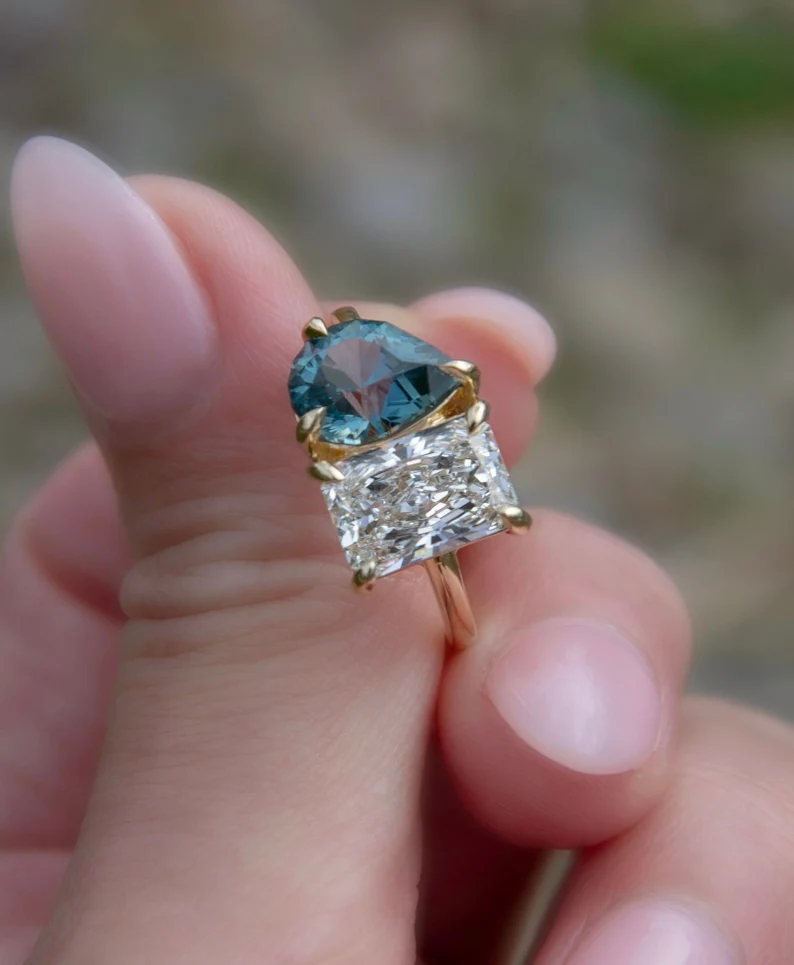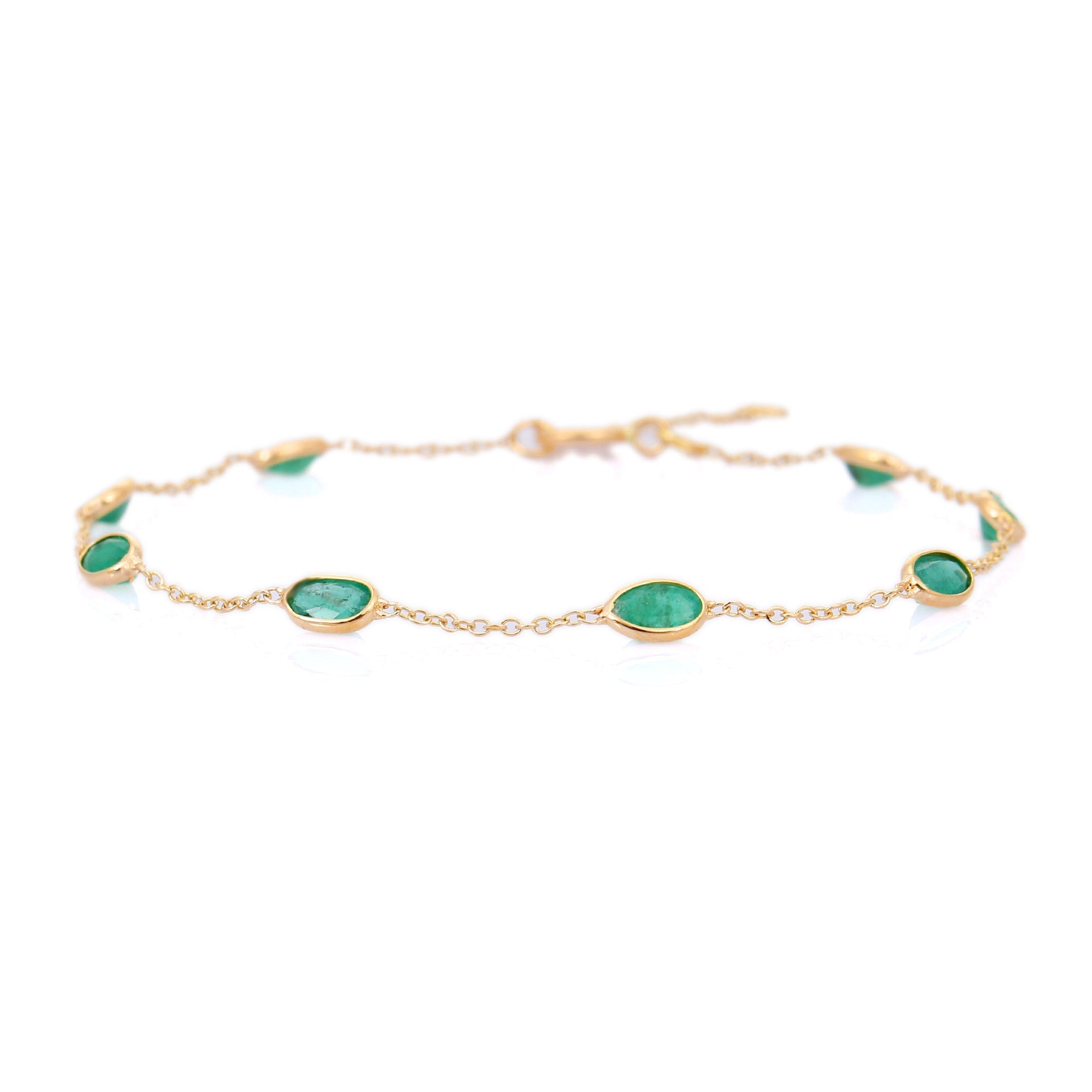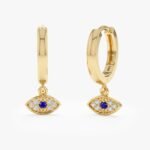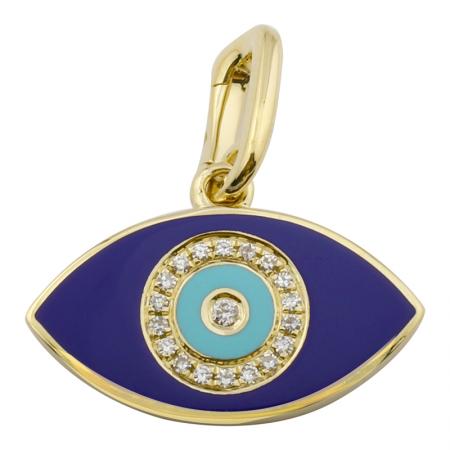Hidden Birthstone Details: Subtle Personalization That Looks Luxe

Hidden birthstone details let you personalize jewelry without shouting. They are small stones set where only the wearer — or someone close — sees them. Done well, they read as quiet luxury. You get the emotional value of a birthstone while keeping the main design clean. Below I explain practical choices: where to place the stones, what sizes and cuts work, which metals and settings hold up, and how to make the result look luxe rather than homemade.
Where to place hidden birthstones
Placement changes both appearance and durability. Choose according to how the piece will be worn.
- Under the center stone or gallery — A common choice for engagement rings. The stone is visible only from below. Why: it feels like a secret but is protected by the head.
- Inside the band — Stones set into the inner circumference. Why: extremely private and comfortable when flush-set in a wider band (2.5–4 mm).
- Under prongs or shoulder — Small gems tucked beneath the prongs or on the ring’s shoulder. Why: visible from certain angles for a subtle flash.
- Underside of a pendant or locket — Offers visibility when the pendant moves. Why: less friction than rings, so you can use softer stones.
- Secret halo or pavé on the under-gallery — Tiny stones forming a hidden halo below the main stone. Why: creates a luxe “surprise” when the ring is tipped.
Stone choices and practical sizes
Choose stones based on hardness and how often the piece will be worn. Birthstones vary from hard (diamond, sapphire) to soft (opal, pearl). Harder stones resist wear and stay polished longer.
- Hard, daily-wear friendly — Diamond, sapphire, ruby, moissanite. Use these in rings. They have Mohs hardness 9–10 (diamond) and 8–9 (sapphire/ruby). Typical hidden sizes: 0.01–0.08 ct (approx. 1.3–2.5 mm). Example: a 0.03 ct round sapphire ≈ 2.0 mm.
- Medium hardness — Garnet, amethyst, aquamarine (Mohs ~7–7.5). They work in rings if well recessed. Prefer bezel or flush settings to protect edges.
- Soft or brittle stones — Opal, turquoise, pearl (Mohs 2.5–6). Keep these in pendants or deep-set areas, not in exposed ring shoulders. For opal, insert into a bezel with shock-absorbing backing.
Approximate mm-to-carat guidance (round brilliant): 1.3 mm ≈ 0.01 ct, 1.6–1.8 mm ≈ 0.02–0.03 ct, 2.0 mm ≈ 0.03–0.04 ct, 2.5 mm ≈ 0.06–0.08 ct, 3.0 mm ≈ 0.10–0.12 ct. Use these as rough guides — cut and depth change actual weights.
Setting techniques and metal choices
The setting determines security and finish. Choose methods that protect the stone and look refined.
- Flush (gypsy) setting — Stone sits level with metal. Best for inside bands and low-contact areas. Gives a clean, modern look. Requires solid metal thickness (band ≥2.5 mm).
- Bezel setting — Metal rim surrounds the gem. Excellent for softer stones or when you want maximum protection.
- Micro-pavé/ghost pavé — Very small melee stones set close together under a center stone or gallery. Looks luxe because it requires skilled execution and tight tolerances.
- Prong or under-prong — Small stones tucked under prongs. Visually interesting but requires precise work to avoid snagging.
Metal choices: 14k gold (58.3% gold) is harder and more durable for thin bands and flush settings. 18k gold (75% gold) has richer color but is softer; it suits bezel work and wide-profile rings. Platinum (often 95% Pt) is denser and highly durable; it holds tiny settings securely but is heavier and costs more. For white gold, expect rhodium plating — hidden stones under a head won’t be affected, but inside-band settings won’t need plating.
Design details that read luxe
Small touches make hidden birthstones feel intentional and high-end.
- Quality of the tiny stones — Use high-clarity melee (SI1-VS) with good cut for diamonds, and clean-vibrant sapphires or garnets. A well-cut 0.03 ct sapphire reflects light better than a dull 0.10 ct stone.
- Symmetry and proportion — Match stone size to band width. A 1.6–1.8 mm gem suits a 2.5 mm band; a 2.5–3.0 mm gem needs a 3.5–4 mm band to look balanced.
- Hidden halo or accent line — A row of tiny stones under the main gem gives that “luxury detail” without altering the front view.
- Combined personalization — Pair the birthstone with a laser engraving of initials or a date. The engraving shows intention; the stone adds emotion.
Durability, care, and commissioning tips
Hidden stones need periodic checks. Tiny settings can loosen over time from knocks and metal fatigue. Ask your jeweler about annual inspections and expect to tighten or re-rhodium every few years.
- Cleaning — Ultrasonic cleaners are fine for hard stones (diamond, sapphire). Avoid them for opal and pearl. For soft stones, clean gently with a soft brush and mild soap.
- Ask about tolerances — For flush and micro-pavé work, ask the bench jeweler about tolerances (±0.1 mm). Tight tolerances indicate better workmanship and less chance of stone loss.
- Budget expectations — Small stones add modest material cost but can add significant labor cost. Skilled micro-setting and matched melee increase price. If you want a truly luxe finish, budget for precision work, not bigger stones.
Examples to consider
Concrete combos that work well:
- Engagement ring: 1.0 ct center in platinum with a 1.6 mm (≈0.02 ct) blue sapphire flush-set under the head. Why: durable metal, hard sapphire, secret color pop.
- Wedding band: 3 mm 18k rose gold band with three 1.5 mm garnets (≈0.015 ct each) set inside. Why: comfortable, symmetric, and the rose gold warms the garnet color.
- Pendant: 12 mm locket in 14k yellow gold with a 3.0 mm opal bezel on the underside. Why: opal looks good away from harsh abrasion and gets light when the locket moves.
Hidden birthstones are a small design choice with a big emotional return. The key to luxury is skill and thoughtfulness: pick the right stone for the setting, match proportions, and insist on precise workmanship. That is how a tiny gem becomes a meaningful, durable detail.




